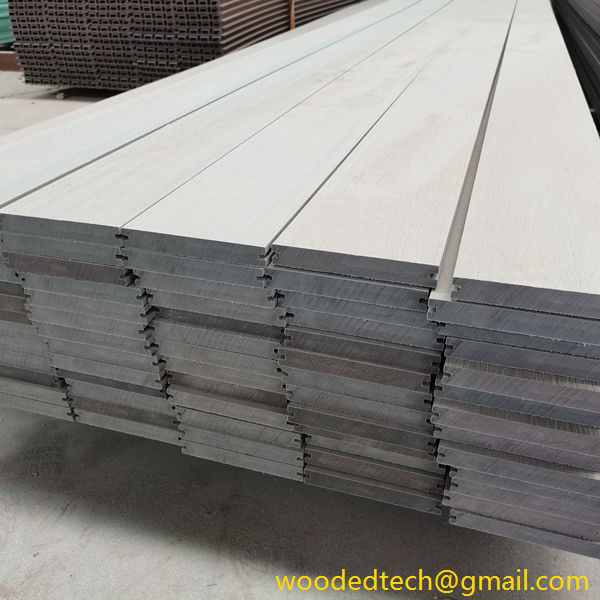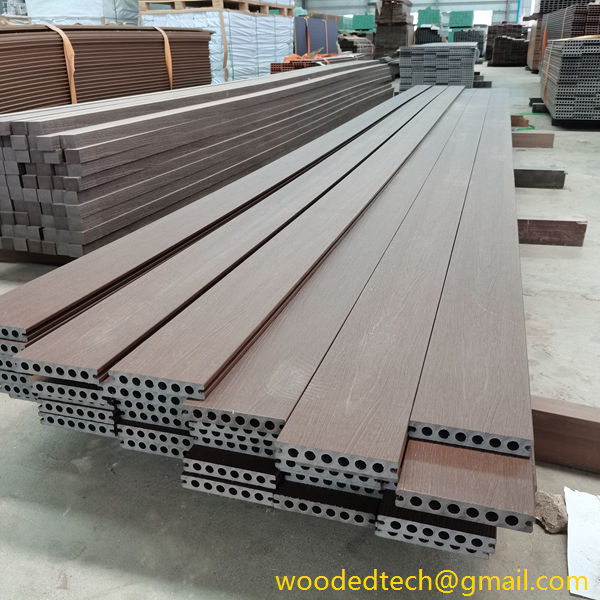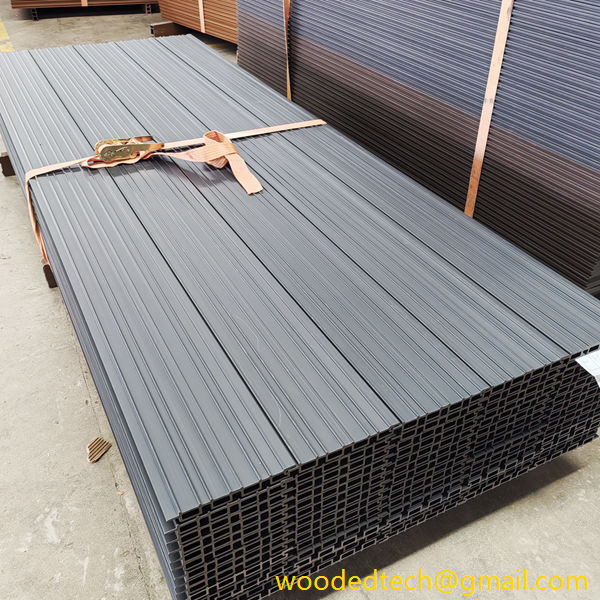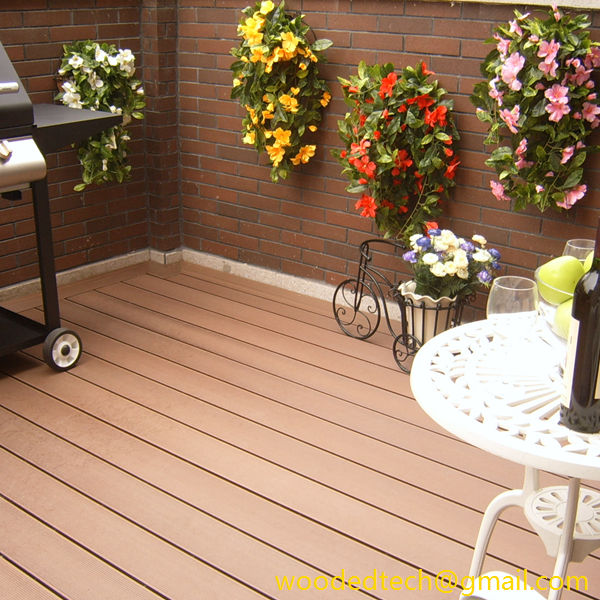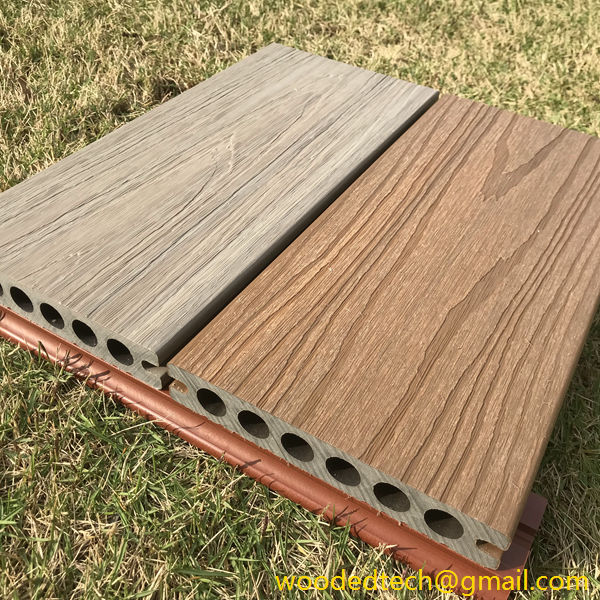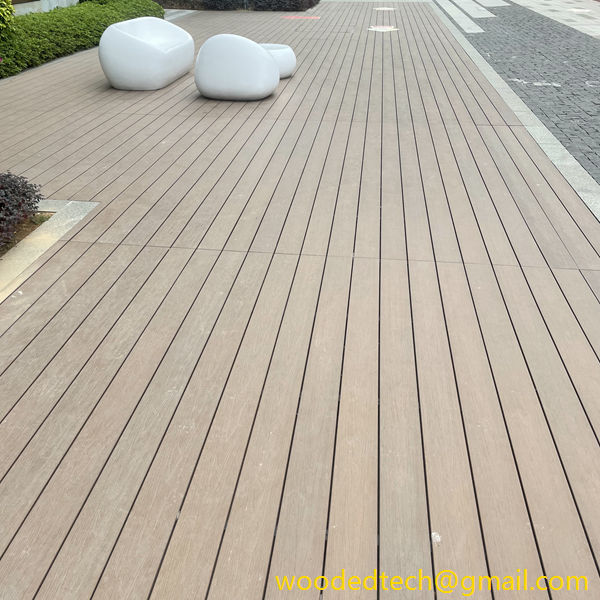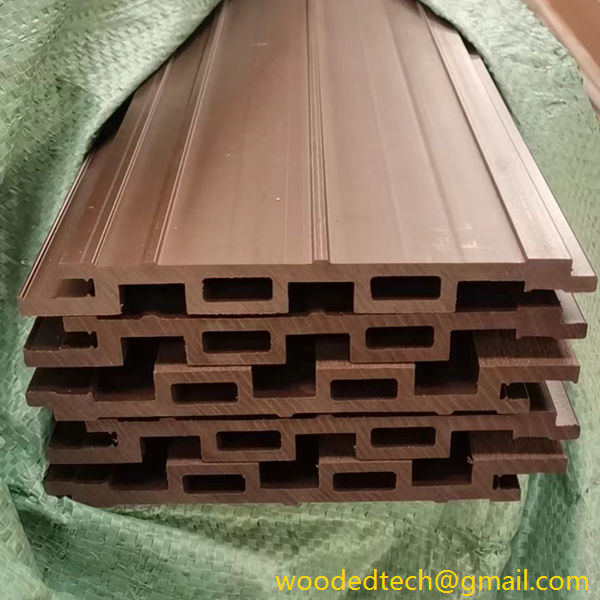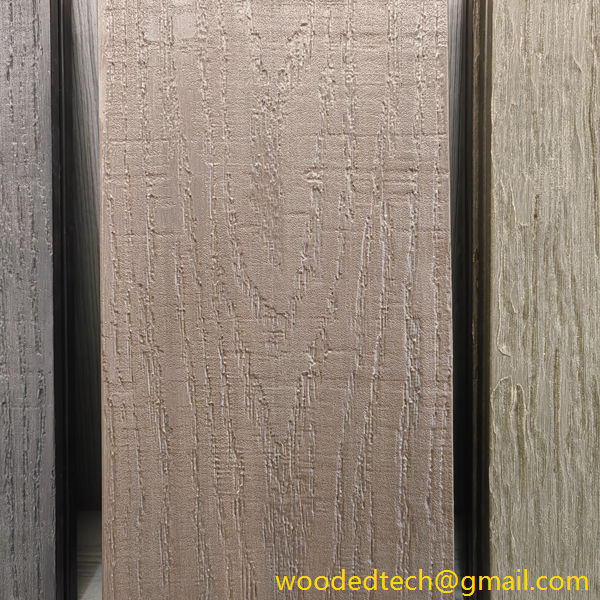Fake Wood Deck Cost: Understanding the Cost of Fake Wood Decking Solutions
Fake Wood Deck Cost: Understanding the Cost of Fake Wood Decking Solutions When considering the installation of a deck, homeowners often find themselves weighing the options between traditional wood and alternative materials, such as fake wood decking. Fake wood, often made from composite materials, offers a range of benefits that can make it an attractive…
Fake Wood Deck Cost: Understanding the Cost of Fake Wood Decking Solutions
When considering the installation of a deck, homeowners often find themselves weighing the options between traditional wood and alternative materials, such as fake wood decking. Fake wood, often made from composite materials, offers a range of benefits that can make it an attractive choice for many. However, understanding the cost implications of these materials is essential for making an informed decision. In this article, we will explore the costs associated with fake wood decking solutions, the factors that influence these costs, and the long-term benefits that can justify the initial investment.
Fake wood decking has gained popularity in recent years due to its aesthetic appeal and practicality. Made from a blend of recycled wood fibers and plastic, these composite boards can resemble natural wood while providing enhanced durability and lower maintenance requirements. However, the initial cost of installing fake wood decking can be higher than traditional wood options. On average, homeowners can expect to pay between $2 to $5 per square foot for composite decking materials. In comparison, traditional wood decking materials typically range from $1 to $3 per square foot.
While the upfront cost of fake wood decking may be higher, it is important to consider the long-term savings associated with its use. Traditional wood decking requires regular maintenance, including staining, sealing, and periodic replacement of damaged boards. These ongoing costs can add up significantly over the years. In contrast, fake wood decking is designed to withstand the elements without requiring extensive upkeep. Most composite materials come with warranties that can last anywhere from 20 to 50 years, offering peace of mind to homeowners who are looking for a long-term investment.
Several factors influence the overall cost of installing fake wood decking. One of the most significant considerations is the type of composite material chosen. There are various grades and brands available on the market, each with differing price points. Higher-quality composite decking may come with a steeper price tag but often offers better durability, fade resistance, and a more authentic wood-like appearance. Homeowners should carefully evaluate the options available to them to find a balance between cost and quality.
Another factor to consider is the complexity of the deck design. A straightforward rectangular deck will generally be less expensive to install than a multi-level deck or one with intricate shapes and features. The more complex the design, the more labor and materials will be required, leading to higher overall costs. Additionally, if the installation site requires significant preparation work, such as leveling the ground or building a substructure, this will also contribute to the final price.
Labor costs are another important aspect of the overall expense of fake wood decking. Hiring professionals for installation can significantly increase the total cost, particularly if specialized skills are required for more complex designs. Homeowners who are handy may choose to undertake the project themselves to save on labor costs, but it is crucial to ensure that the installation is done correctly to avoid any potential issues down the line.
Additionally, regional variations can affect the cost of materials and labor. In urban areas where demand for decking materials is high, prices may be elevated compared to rural locations. Homeowners should also consider local building codes and permit requirements, as these can influence both material choices and costs.
It is also worth noting that while fake wood decking may come with a higher upfront cost, its long-term benefits can provide substantial savings. Composite decking does not splinter, crack, or warp like traditional wood, making it safer for families with children and pets. Furthermore, its resistance to fading and staining means that homeowners are less likely to spend money on repairs or replacements over the years.
In addition to cost considerations, homeowners should also think about the environmental impact of their decking choice. Many fake wood products are made from recycled materials, contributing to sustainability efforts. By choosing composite decking, homeowners can reduce their reliance on natural resources and support environmentally friendly practices.
In conclusion, while the initial cost of fake wood decking may be higher than traditional wood options, the long-term savings, durability, and low maintenance requirements can make it a worthwhile investment. Homeowners should carefully evaluate their options, considering factors such as material quality, labor costs, and design complexity. By understanding the overall cost implications and benefits associated with fake wood decking, homeowners can make informed decisions that will enhance their outdoor living spaces for years to come. Whether one is looking for a stylish deck for entertaining guests or a safe space for family activities, fake wood decking presents a practical solution that can meet a variety of needs.

